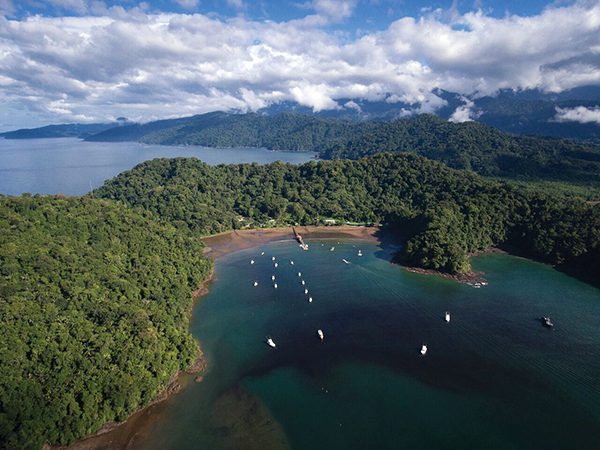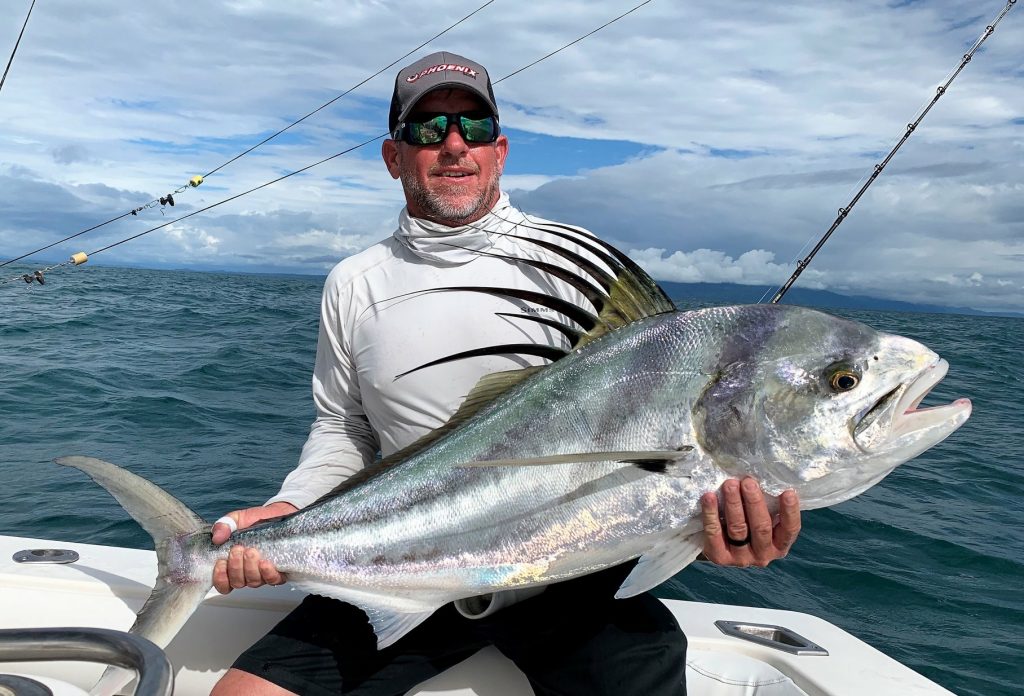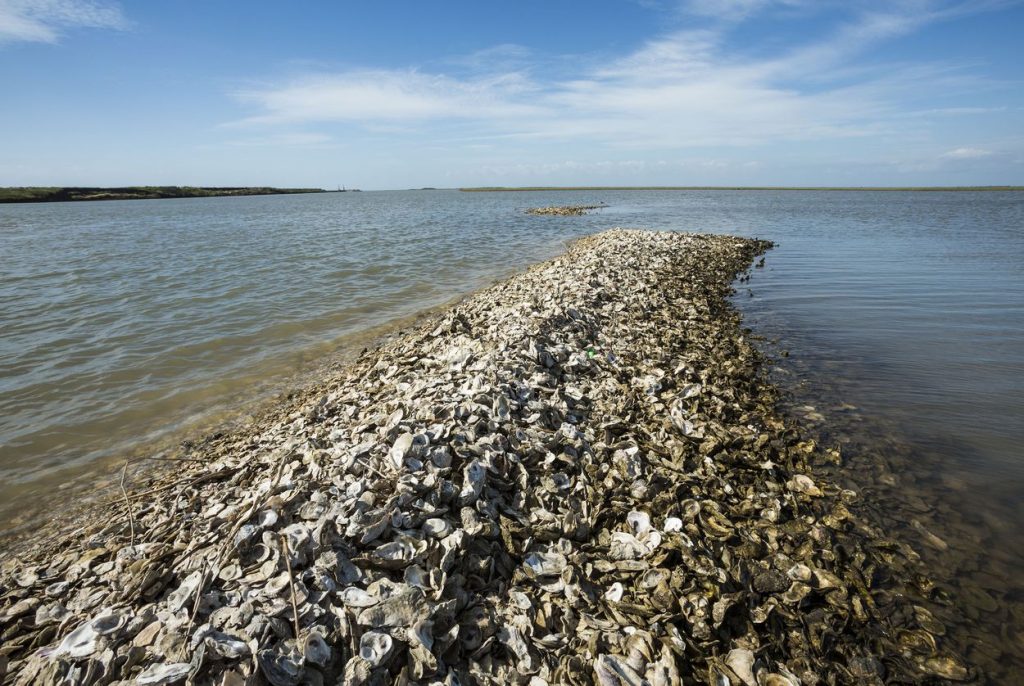
By Dustin Nichols
Some ask me that question. Also: “Why do you fish out of that?” Well…let’s get into answering those questions. Kayak fishing has started to take off here in Texas, and that’s not only limited to coastal areas. With a plethora of reservoirs, lakes, creeks and bayous, chances are you have some type of water body you can access nearby.
Kayak fishing has seen tremendous growth the last five years. Eric Jackson owner of Jackson kayaks, says, “Fishing kayaks are booming.” He has seen how the sport has grown.
The development of more stable kayaks and high seating that aids in being able to stand up and sight cast redfish, or pitch to bass in deep cover, sure makes it easy to fish from. Who doesn’t love being that close to the action.
ACCESSIBILITY
The ability to launch from any public boat ramp or easement is a big draw for the kayak angler. Even if you do not own a truck or trailer you can “car top” your kayak. There are plenty of options for rack systems and loading assist equipment that makes them easy to transport. Plus, adding a wheeled kayak cart will have you from your vehicle to your launch quickly.
AFFORDABILITY
The price point for getting into a solid kayak is a lot cheaper than getting into a basic boat/motor package. You can shell out the dough for a brand new kayak or spend some time cruising Facebook groups and Craigslist to find solid used kayaks. Most kayaks are outfitted with rod holders and gear tracks already installed. You can also add lots of options to rig it the way you like. Not to mention, with the addition of pedal driven kayaks, the amount of water you can cover has increased tremendously.

Stealth is paramount when chasing spooky redfish.
STEALTH
Sliding into that back lake to chase tailing reds is no problem. Accessing skinny water is a big plus for kayak fisherman. Also, sliding under bridges to access water that boats cannot can lead you to some pretty sweet spots. It sure is cool to be cruising along and drop your lure directly in front of a red fish without even making a cast. Talk about a rush! The stealth approach in a kayak is not only a benefit to inshore anglers, but also those targeting bass!
FUN
Who doesn’t like having fun? That’s what kayak fishing is all about. As they say “ Even a bad day on the water is better than a good day at work.” There are plenty of kayak clubs and groups all over. The camaraderie is top notch and there are a ton of anglers out there that are willing to help a newbie get started.
SERIOUS BUSINESS
Let’s not forget the tournament scene. From local club trails that target bass, to redfish series with major sponsors, there are no lack of events for the competitive minded kayak angler. Most tournaments use photos of the fish caught on measuring devices called “bump boards” to determine the winners. The fish are laid on the board then photographed with an identifier code, usually written on your hand, as a way to tell apart the anglers and make sure there is no fish submitted from another time out!
Let this sink in. Last year, KBF (Kayak Bass Fishing) had multiple events, both live and online, as a means to qualify for the national championship. Over 700 anglers qualified to fish the event on Kentucky Lake in Tennessee. Guess how much money first place took home? $100,000. Plus, one of our very own anglers from right here in Texas (Dwayne Taff) took the win! I have had the honor to meet and fish with Dwayne. He shared some of his thoughts with me on the growth of the sport and tournament scene.
“As a tournament angler, its even hard for me to imagine a 100K payday for fishing out of a kayak!” He said. “It’s unbelievable how I’ve seen the sport grow in the last few years and everywhere you go you see a kayak on top of a vehicle.”
He remembers fabricating accessories himself to make things more efficient on the water and now if you can imagine it, someone has already marketed it. Businesses in the fishing industry are doing just that. The steady growth of the sport has lead many companies on board.
CHOICES
“There are so many kayaks out there! How do I choose which one is right for me?” That is a common question, so let me help you out. It all comes down to the type of water you fish. The Jackson Coosa HD would be a great boat for moving water like creeks and streams up in the Texas hill country.
If you are interested in fly fishing, then the Jackson Mayfly shines with its molded in reel pockets for rod storage and open deck concept to keep line from snagging/tangling while stripping back your fly.
Are you adventurous and want the challenge of targeting some offshore species? Well then, the Jackson Kraken 13.5 would be the boat for you to push your skills beyond the breakers!
What if you want a basic kayak that you can rig yourself, that is stable, lightweight, and paddles well. Then the Jackson Bite would be a great boat for you.
But my best advice to you would be to go and visit your local kayak dealer and find out when the next “on the water” demo would be. That way you can paddle different kayaks and make the best decision by paddling and checking them out in person.
So, are you ready to jump on the kayak fishing bandwagon? I hope so. If the ease of access and affordability don’t reel you in (pun intended), then the great people involved in this sport should. I hope to see you all on the water soon!
Dustin Nichols is Jackson Kayak National ProStaff and affiliated with Waterloo Rods, Kden Lures, Calibre Baits, Fuel Clothing Co., and Beck & Masten Buick GMC Coastal Bend









 ABOUT LOS SUEÑOS RESORT AND MARINA
ABOUT LOS SUEÑOS RESORT AND MARINA




































 The rattling jig-head put in the hands of novice anglers had them out-catching their friends using a silent jig-head by a solid 5-1 ratio or better when fishing in the same boat or wade/kayak fishing the same area. That ratio has proven itself to be a consistent ratio over the last 15 years from actual reports from recreational and tournament anglers.
The rattling jig-head put in the hands of novice anglers had them out-catching their friends using a silent jig-head by a solid 5-1 ratio or better when fishing in the same boat or wade/kayak fishing the same area. That ratio has proven itself to be a consistent ratio over the last 15 years from actual reports from recreational and tournament anglers.






















